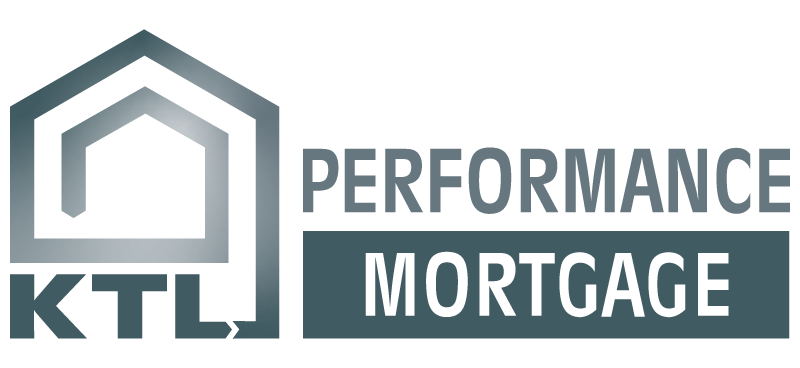USDA income eligibility is unique from many other loans. This loan program considers two types of income: qualifying income and total household income.
So, what is a USDA home loan? USDA home loans help people living in small towns or rural areas achieve homeownership. The USDA Guaranteed Home Loan program offers many benefits. These include flexible credit guidelines, competitive interest rates, and low monthly mortgage insurance rates.
A USDA Loan is a “No Down Payment Mortgage” meaning you put nothing down at close!
USDA Income Eligibility: Qualifying Income
In general, “qualifying income” refers to the income you use to qualify for a home loan. The most common sources of income are a primary full-time job, social security, or disability. Child support, alimony, or other acceptable sources may also be used.
Qualifying income must be adequate and stable. Income can be accepted with as little as one year of history. It must be able to be verified, and likely to continue for at least the next three years.
You may have other sources of income that can’t be used for qualifying. This could include income from recently starting a part-time job, for example, or from a business that you’ve just started. You may also have other income sources that don’t meet the program’s requirements.
Your DTI (debt-to-income) ratio uses only your qualifying income. This ratio determines how much you can borrow.
Household Income
As discussed, USDA loans look at “qualifying income” to determine how much you can borrow, just like other loan programs. However, a USDA loan requires additional requirements on your “total household income”. This cannot exceed the program’s income limits.
Total household income includes ALL income from ALL people over the age of 18 who will live in the property, even if they are not on the loan. This includes income from second jobs, part-time jobs, overtime, bonuses, commission, self-employment, rental properties, disability, social security, child support, alimony, and other income sources.
All people who plan to live in the home will have to provide their past 2 years W2s, most recent 30 days paystubs, past 2 years federal tax returns, and other income documents as required. Again, this does not mean that they are on the loan. It just means that their income must be counted towards the total household income limits. Occupants of the home who are over the age of 18 and do not receive any income will be required to provide a letter stating they do not have any income.
Household Income Deductions
USDA allows you to deduct qualified childcare expenses from your household income. Let’s say, for example, you are $5,000 over the household income limit. Your qualified annual childcare expenses are $9,000. In this scenario, you would still be eligible.
Income Limits
USDA Household Income Limits are based on the county in which the property is located. In most areas of the country, the income limits are $112,450 for a household of 1-4 people. Households of 5 to 8 people can make up to $148,450. Households with over 8 people can add 8% of the 4-person limit for each person above 8.
In certain higher-cost living areas, household income limits may be higher.
Learn More
Click here to review income limits for each state.
Click here to search for eligible rural areas.
Have questions about USDA loans, or want to run a specific scenario by us? We’re here to help! Give us a call at 877-892-8222.
Originally published May 28, 2021, updated Sept. 1, 2024


